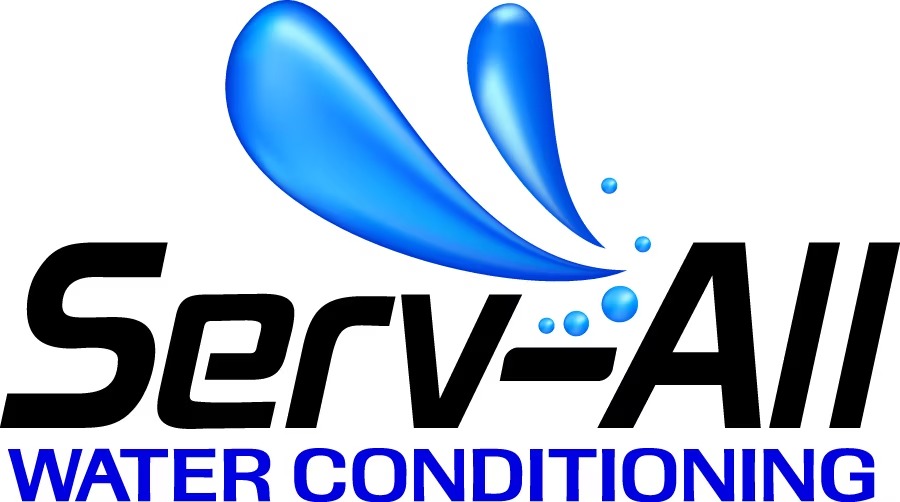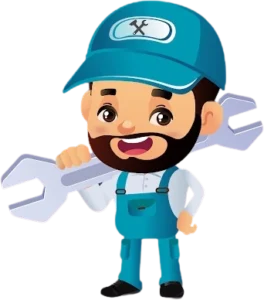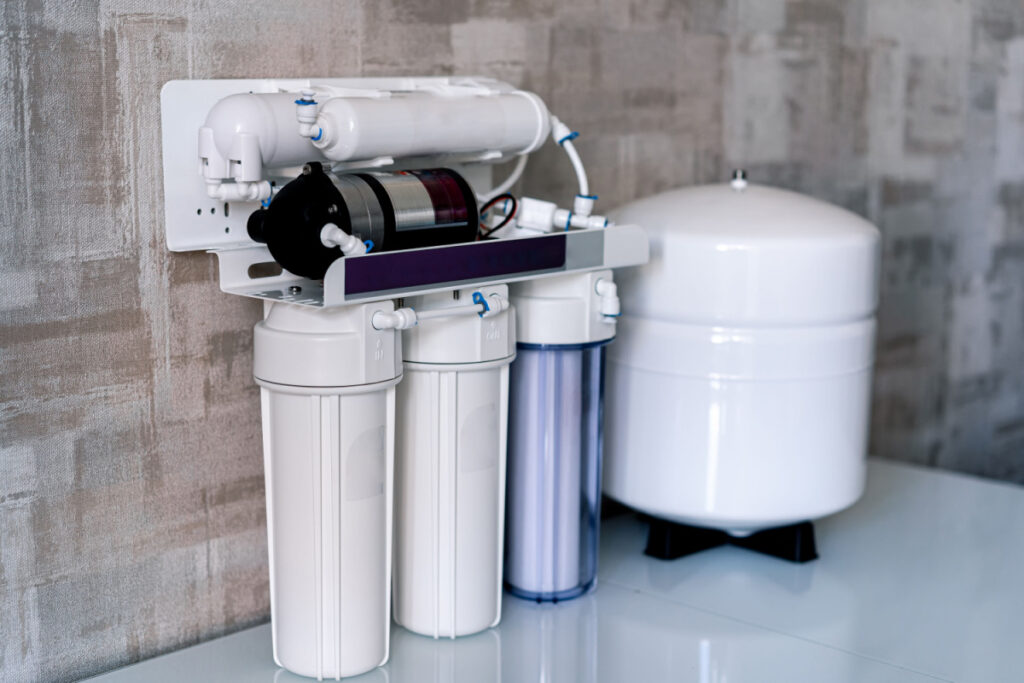Are you wondering if a reverse osmosis system is right for your home or business? There are many benefits to installing a reverse osmosis system, from providing your family with safe and clean drinking water to reducing the levels of excess ions in aquariums.
But before you start looking into scheduling a reverse osmosis system installation, it’s important to understand how they work. The water experts at Serv-All Water Conditioning are here to explain what reverse osmosis systems do and why they can be so beneficial for homes and businesses alike.
What Is a Reverse Osmosis System and How Does It Work?
Reverse osmosis is a type of water filtration process that has become increasingly popular in recent years. But what exactly is it, and how does it work?
Essentially, a reverse osmosis system uses a semipermeable membrane to remove impurities and particles from water. This process occurs through the application of pressure, which forces water through the membrane and into a separate chamber, leaving behind contaminants.
The result is clean, purified water that is free of harmful substances and safe for consumption. So whether you want to improve the taste and quality of your home’s drinking water or need a reliable water filtration solution for your business, a reverse osmosis water system may be just what you need.
What Is the Reverse Osmosis Filtration Process?
The reverse osmosis filtration process is a crucial step in providing safe and clean water to households and commercial establishments. A reverse osmosis water filter, also known as a reverse osmosis filter, is a highly effective type of water treatment system that removes impurities from water by forcing it through a semipermeable membrane.
The process involves multiple steps, starting with pre-filtration to remove larger particles and sediment from the water. The water is then forced through the membrane, which removes dissolved solids, such as minerals and salts, as well as harmful contaminants.
Finally, the purified water is collected and ready for use. The step-by-step explanation of the filtration process showcases the importance of having a reliable water treatment system in supplying safe and clean water on a daily basis.
What Are the Advantages of a Reverse Osmosis System?
A reverse osmosis system can bring numerous benefits to your home, starting with healthier water. By removing impurities and contaminants, such as lead and chlorine, your tap water will be free from any harmful substances. This means that your family can stay hydrated without worrying about the negative impacts of these contaminants.
Another advantage of a reverse osmosis system is the cost savings over time. While installation costs may be higher than traditional water filtration systems, the maintenance costs are typically lower, and you won’t have to continuously purchase bottled water or other types of expensive filtration methods.
So not only will you be helping the environment by reducing plastic waste, but you’ll also be saving money in the long run. Overall, a reverse osmosis system is a worthwhile investment for both your health and your finances.
How to Properly Maintain Your System
If you have invested in a reverse osmosis system, then it’s important to know how to properly maintain your investment. One of the key things to keep in mind is the total dissolved solids (TDS) level in your holding tank.
Keeping the TDS level low ensures that your water is clean and of good quality. Adding a TDS meter to your system can make it easy to check for any issues with your water.
Regularly cleaning and sanitizing your system, including the membrane and the pre-filters, will also help to keep it running smoothly. By taking these steps to properly maintain your system, you can extend its lifespan and enjoy high-quality water for years to come.
Common Problems and Solutions With Reverse Osmosis Systems
Reverse osmosis systems have gained popularity over the years due to their ability to remove impurities from water, resulting in cleaner and safer drinking water. However, there are common reverse osmosis problems that could affect the efficiency of the systems.
For instance, clogging, leaks, system noise, and low water pressure are some of the common issues experienced by reverse osmosis users. Fortunately, there are solutions to these concerns.
Addressing these problems requires regular maintenance, replacement of damaged parts, and upgrading the system in some cases. It’s important to understand these common issues and solutions to ensure the reliable and efficient operation of your reverse osmosis system.
How to Choose the Right Reverse Osmosis System
When it comes to choosing the right reverse osmosis system, there are a variety of options to consider. It’s important to carefully read reviews and consider factors such as filtration rate, water waste reduction, and maintenance requirements. With the right system in place, you can enjoy clean, refreshing water straight from your tap.
So take the time to do your research and find the perfect reverse osmosis system for your needs. And if you have questions about reverse osmosis or any other water treatment services we offer, including water testing, don’t hesitate to contact the team at Serv-All Water Conditioning.
Schedule Your Reverse Osmosis Installation Today!
Reverse osmosis is an excellent way to ensure that your family is drinking clean and healthy water. The process behind it is complex yet simple, just like the system itself. Using this method of filtration can save you a lot of money in the long run as well as increase the quality of the products you consume.
The sooner you set up your reverse osmosis system, the sooner you will reap its rewards. So what are you waiting for? Schedule your reverse osmosis installation with Serv-All Water Conditioning today!



